About Visual Function
We generally think of vision as being good or not so good and measured on an eye chart in the eye doctor’s office. But this is a very simplified notion of the real complexity of visual function. As there are many different aspects of our visual function, including:
Central Vision (standard visual acuity)
This is the ability to discern small letters on an eye chart (distance acuity), a computer screen (intermediate visual acuity) or on a printed page (near visual acuity). The smaller the letters, the sharper the focus and the better the acuity.
Central vision is usually assessed with high contrast targets, such as dark black on bright white.
Good central vision allows us to read signs and text and recognise faces. Refractive (or focusing) errors of the eye affect visual acuity in a way which can be corrected by spectacles, contact lenses or laser surgery. Central acuity is also typically compromised in diseases affecting the macula. Treatment of macular conditions can restore acuity.

Peripheral vision (visual field)
This refers to the ability to see either movement or contrast at the sides or above and below the direction of gaze of the eyes. It is commonly quantified with a visual field test, which is a computerised subjective map of the peripheral vision.
Good peripheral vision is necessary for navigating around our world, avoiding obstacles such as walls or doorways, for playing ball games and for driving. Without peripheral vision, a driver would be unable to see objects such as a cyclist, approaching the vehicle or see a child at the side of the road.
Peripheral vision is typically compromised in glaucoma and other types of optic nerve disease and stroke.

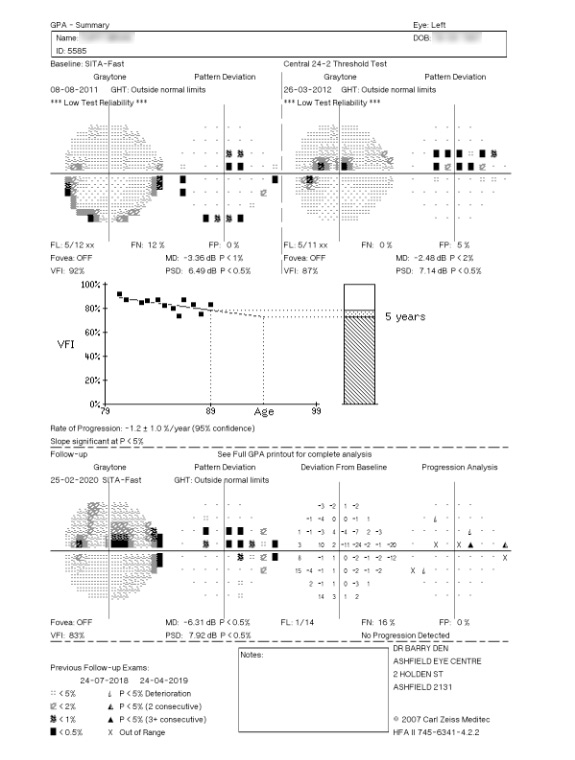
Contrast sensitivity
This refers to the ability to discern close differences in illumination (or luminance). It is possible to have good central visual acuity when measured with black on white targets, but compromised acuity when measured with low contrast grey and white targets.
While contrast sensitivity can be directly measured, we usually infer the symptoms of reduced contrast from the history and the visual field test.
Contrast sensitivity is important for night vision. It can be affected early in cataract, glaucoma and in macular disease.
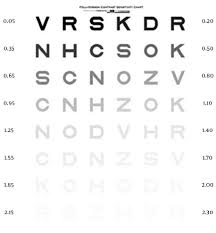
Glare Sensitivity
This refers to the reduction in sharpness of vision which can occur with bright stray light. It is basically a decrease in acuity in conditions of abnormally high contrast. This can be measured or inferred from the patient’s history. Cataract can result in increased glare sensitivity even when there is still good central acuity with normal lighting.
Colour Vision
Colour is part of the richness of our experience of the world. Decreased colour saturation can be an early sign of optic nerve disease. There are a variety of tests to can be measure colour perception. Changes in hue are apparent in the presence of cataract and after cataract surgery.
Most people with congenital colour defects have subtle defects in their ability to discern certain differences in hue, which are of very little practical significance. The ability to discern colour is traditionally tested in pilots, although in practice, colour defects do not significantly affect performance.
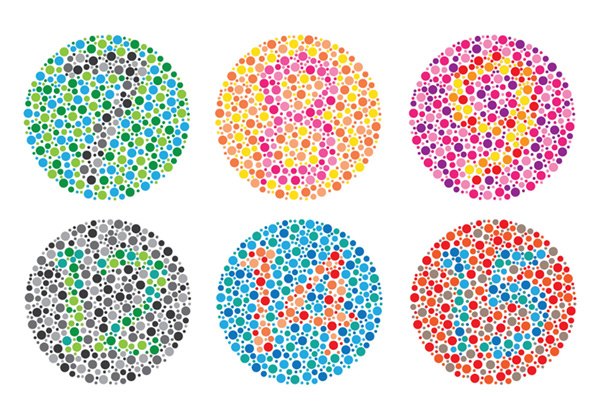
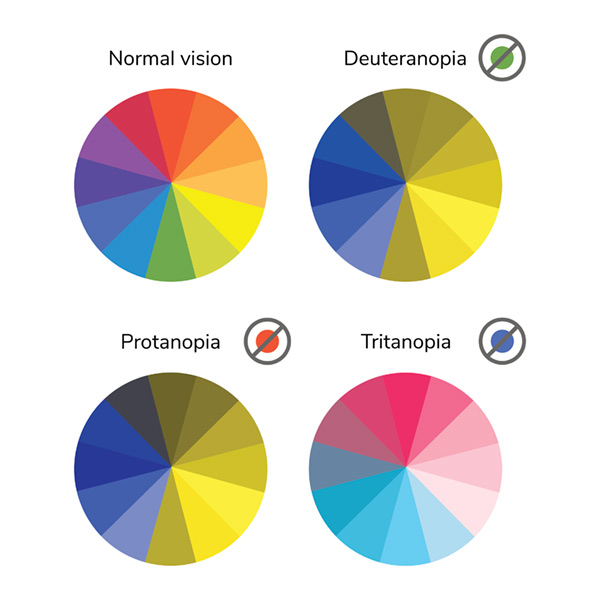
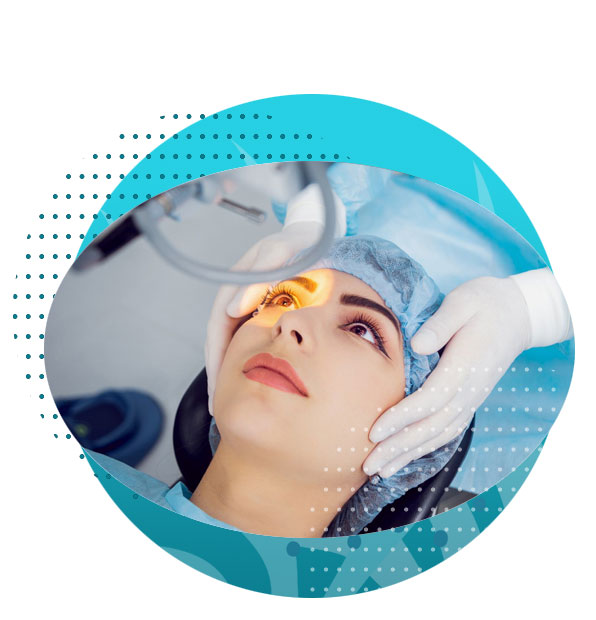
We pride ourselves in high level of patient care, aiming to provide each patient with individualised attention from your first consultation and well beyond your eye surgery recovery.
WORKING HOURS
ASHFIELD EYE CLINIC
Located conveniently in the centre of Ashfield (opposite the Holden Street entrance to Ashfield Mall), the clinic is only 5 minutes from the train station.
Ground Floor, 2 Holden St
Ashfield, Sydney, NSW 2131


